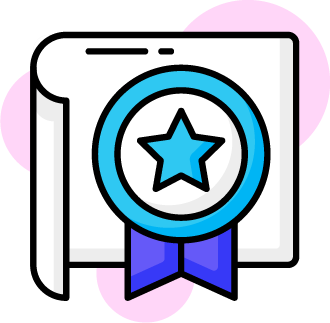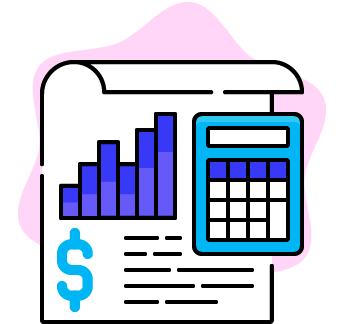Automate your workflows, improve your efficiency, and boost your functionality.
We help businesses of all sizes to automate their workflows, improve their efficiency, and boost their bottom line.
It’s time to automate repetitive and
time-consuming tasks
Business automation is the process of using technology to automate repetitive and time-consuming tasks. This can free up your employees to focus on more strategic and creative work, and it can also help you to improve your efficiency and reduce costs.
At 27 Colab, we offer a wide range of business automation services to help businesses of all sizes to automate their workflows.
The ways we can help you
We offer a variety of services that can help elevate your functionality.

Process Analysis And Mapping
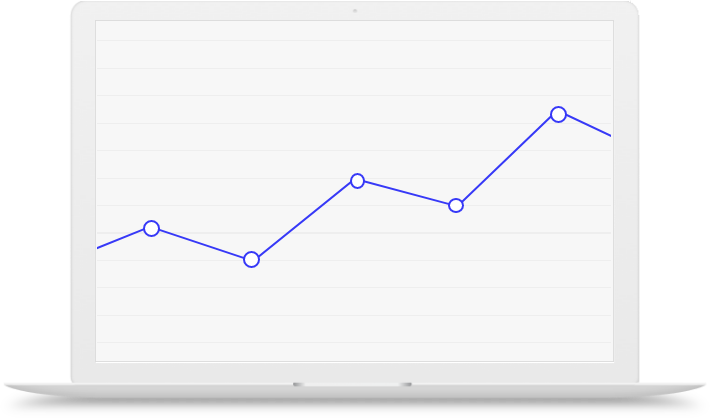
Workflow Automation
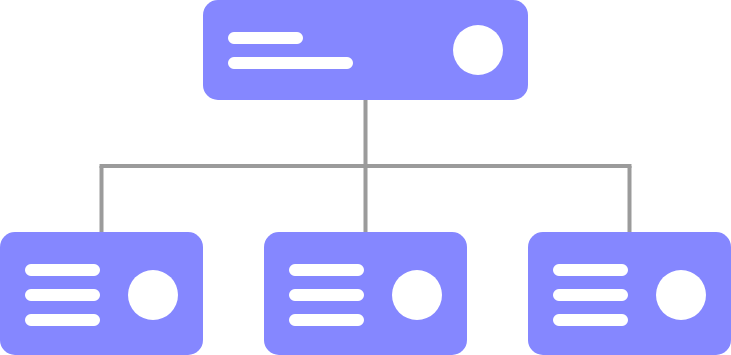
System Integration
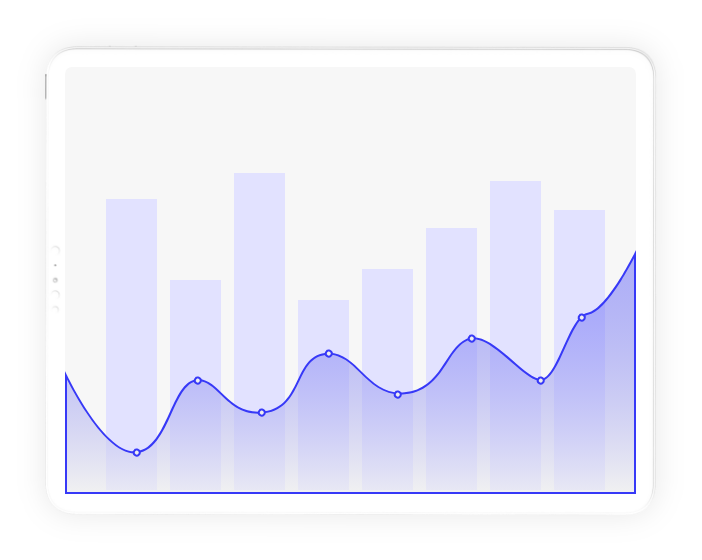
Training And Support
Save time and money by automating
your business processes.
Design thinkers ready to strategize your design needs.
Our team is experienced and trained to provide fast turn-arounds.
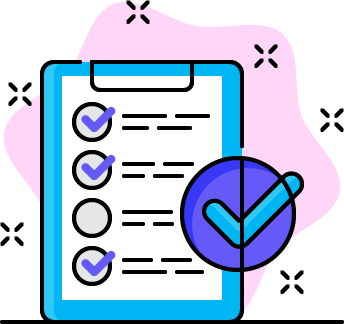
Productivity
Improve your efficiency and productivity.
Flexible Pricing
Transparent pricing. No contract. Month-to-month.
Custom pricing available.
* Pricing can vary widely depending on the complexity of the project and the features and functionality required.
Thinking about it?
Here are the most commonly askes questions to help you make a decision
Tone relates to the emotional and stylistic aspect of communication, while messaging relates to the specific content and information being conveyed. Both elements work together to create impactful and effective communication.
branding encompasses the overall perception and identity of a brand, while messaging focuses on the specific content and communication strategies used to convey the brand’s value and offerings. Branding provides the foundation and context for messaging, ensuring consistency and alignment in the brand’s communication efforts.
Messaging is the specific content and communication strategies used to convey a brand’s value proposition, while marketing encompasses a wider range of activities and strategies aimed at promoting and selling products or services. Messaging plays a crucial role within the broader context of marketing, as it shapes the communication and helps drive the marketing efforts towards achieving desired goals.
Brand Overview: An introduction to the brand, its mission, vision, and values, providing an understanding of the brand’s essence and purpose.
Logo Usage: Detailed guidelines on how to correctly and consistently use the brand’s logo, including size, spacing, color variations, clear space, and placement on different backgrounds.
Color Palette: Specification of the brand’s primary and secondary colors, including their specific codes or color values, and guidelines for their usage and combinations.
Typography: Guidelines on the selection and usage of fonts or typefaces that represent the brand’s personality, including headings, subheadings, body text, and any specific formatting instructions.
Imagery and Photography: Guidance on the types of imagery and photography that align with the brand’s visual style, including examples and recommendations for the tone, style, and composition of visuals.
Tone of Voice: Guidelines for the brand’s messaging and communication style, including preferred language, voice, tone, and writing guidelines to ensure consistent and on-brand communication.
Brand Applications: Examples and guidelines for applying the brand across various touchpoints, such as business cards, stationery, packaging, website design, social media profiles, advertising materials, and other marketing collateral.
Brand Story and Messaging: Narratives or key messaging points that encapsulate the brand’s story, values, and unique selling propositions, providing guidance for consistent and compelling brand messaging.
Brand Equity Protection: Instructions on how to protect the brand’s integrity and maintain consistency, including guidelines on brand misuse, unauthorized modifications, and legal considerations.
Examples and Usage Scenarios: Visual and written examples that demonstrate how to correctly implement the brand elements in different contexts, ensuring a cohesive and unified brand experience.
Let’s meet about it.
30 minute complimentary consultation to see if we are a fit
Copyright 2025© All rights Reserved by 27Colab
Terms and Conditions
By clicking “Accept” below and setting up the following payment agreement, you are accepting the following terms and conditions.
27 Colab will be referred to as “Agency”, and you are represented by “Client”:
WHEREAS, Client desires to engage Agency to provide certain SEO services, and Agency desires to provide such services;
NOW, THEREFORE, in consideration of the foregoing premises and the mutual covenants hereinafter set forth, the parties agree as follows:
1. Services.
Agency agrees to provide Client with the following SEO services:
15 Key Phrases Optimized: Agency will identify and optimize 15 key phrases throughout Client’s website content and meta descriptions.
10 Website Pages Optimized: Agency will optimize ten existing website pages for search engines, including title tags, meta descriptions, header tags, and internal linking.
3 New Pages of Content: Agency will create three new pages of content for Client’s website, targeting specific keywords and phrases.
10 Local NAPs Listings: Agency will submit Client’s business information to ten local NAPs (Name, Address, Phone Number) directories, including Google My Business, Yelp, and Bing Places.
Standard SEO Strategy: Agency will develop and implement a standard SEO strategy for Client, which may include, but is not limited to, on-page optimization, technical SEO, content marketing, and link building.
Standard Keyword Research: Agency will conduct standard keyword research to identify relevant keywords and phrases for Client’s website.
Standard Monthly KPIs Report: Agency will provide Client with a standard monthly report that tracks key performance indicators (KPIs) related to SEO performance, such as organic traffic, keyword rankings, and lead generation.
2. Fees and Payment.
Client agrees to pay Agency a monthly fee in accordance to the following invoice for the Services. The monthly fee will be paid in advance on the first day of each month.
3. Term and Termination.
This Agreement will commence on the payment date and will continue for a period of 6 months as a promotional price, unless terminated earlier as provided herein. This Agreement may be terminated by either party upon 30 days’ written notice to the other party. This Agreement may also be terminated by either party immediately upon written notice to the other party if the other party materially breaches any provision of this Agreement and fails to cure such breach within 7 days after written notice of such breach.
4. Confidentiality.
Each party agrees to hold in confidence all Confidential Information of the other party, including, but not limited to, customer information, business plans, and marketing strategies. Confidential Information shall not be disclosed to any third party without the prior written consent of the other party.
5. Representations and Warranties.
Each party represents and warrants that it has the full power and authority to enter into this Agreement and to perform its obligations hereunder. Each party represents and warrants that it will comply with all applicable laws and regulations in performing its obligations hereunder.
6. Indemnification.
Each party agrees to indemnify and hold harmless the other party from and against any and all losses, damages, liabilities, costs, and expenses (including reasonable attorneys’ fees) arising out of or relating to any breach of this Agreement by such party.
7. Limitation of Liability.
Neither party shall be liable to the other party for any indirect, incidental, consequential, punitive, or special damages arising out of or relating to this Agreement, even if such party has been advised of the possibility of such damages.
8. Governing Law.
This Agreement shall be governed by and construed in accordance with the laws of the State of Florida.
9. Entire Agreement.
This Agreement constitutes the entire agreement between the parties with respect to the subject matter hereof and supersedes all prior or contemporaneous communications, representations, or agreements, whether oral or written.
10. Severability.
If any provision of this Agreement is held to be invalid or unenforceable, such provision shall be struck and the remaining provisions shall remain in full force and effect.
11. Notices.
All notices and other communications hereunder shall be in writing and shall be deemed to have been duly given when delivered personally, upon the first business day following deposit in the United States mail, postage prepaid, certified or registered, return receipt requested, addressed as follows:
If to Agency:
27 Colab LLC
2025 Pompeii Court
Weston FL, 33327
If to Client:
As stated on the invoice payment info
12. Counterparts.
This Agreement may be executed in counterparts, each of which shall be deemed an original, but all of which together shall
Terms and Conditions
By clicking “Accept” below and setting up the following payment agreement, you are accepting the following terms and conditions.
27 Colab will be referred to as “Agency”, and you are represented by “Client”:
WHEREAS, Client desires to engage Agency to provide certain SEO services, and Agency desires to provide such services;
NOW, THEREFORE, in consideration of the foregoing premises and the mutual covenants hereinafter set forth, the parties agree as follows:
1. Services.
Agency agrees to provide Client with the following SEO services:
15 Key Phrases Optimized: Agency will identify and optimize 15 key phrases throughout Client’s website content and meta descriptions.
10 Website Pages Optimized: Agency will optimize ten existing website pages for search engines, including title tags, meta descriptions, header tags, and internal linking.
3 New Pages of Content: Agency will create three new pages of content for Client’s website, targeting specific keywords and phrases.
10 Local NAPs Listings: Agency will submit Client’s business information to ten local NAPs (Name, Address, Phone Number) directories, including Google My Business, Yelp, and Bing Places.
Standard SEO Strategy: Agency will develop and implement a standard SEO strategy for Client, which may include, but is not limited to, on-page optimization, technical SEO, content marketing, and link building.
Standard Keyword Research: Agency will conduct standard keyword research to identify relevant keywords and phrases for Client’s website.
Standard Monthly KPIs Report: Agency will provide Client with a standard monthly report that tracks key performance indicators (KPIs) related to SEO performance, such as organic traffic, keyword rankings, and lead generation.
2. Fees and Payment.
Client agrees to pay Agency a monthly fee in accordance to the following invoice for the Services. The monthly fee will be paid in advance on the first day of each month.
3. Term and Termination.
This Agreement will commence on the payment date and will continue for a period of 6 months as a promotional price, unless terminated earlier as provided herein. This Agreement may be terminated by either party upon 30 days’ written notice to the other party. This Agreement may also be terminated by either party immediately upon written notice to the other party if the other party materially breaches any provision of this Agreement and fails to cure such breach within 7 days after written notice of such breach.
4. Confidentiality.
Each party agrees to hold in confidence all Confidential Information of the other party, including, but not limited to, customer information, business plans, and marketing strategies. Confidential Information shall not be disclosed to any third party without the prior written consent of the other party.
5. Representations and Warranties.
Each party represents and warrants that it has the full power and authority to enter into this Agreement and to perform its obligations hereunder. Each party represents and warrants that it will comply with all applicable laws and regulations in performing its obligations hereunder.
6. Indemnification.
Each party agrees to indemnify and hold harmless the other party from and against any and all losses, damages, liabilities, costs, and expenses (including reasonable attorneys’ fees) arising out of or relating to any breach of this Agreement by such party.
7. Limitation of Liability.
Neither party shall be liable to the other party for any indirect, incidental, consequential, punitive, or special damages arising out of or relating to this Agreement, even if such party has been advised of the possibility of such damages.
8. Governing Law.
This Agreement shall be governed by and construed in accordance with the laws of the State of Florida.
9. Entire Agreement.
This Agreement constitutes the entire agreement between the parties with respect to the subject matter hereof and supersedes all prior or contemporaneous communications, representations, or agreements, whether oral or written.
10. Severability.
If any provision of this Agreement is held to be invalid or unenforceable, such provision shall be struck and the remaining provisions shall remain in full force and effect.
11. Notices.
All notices and other communications hereunder shall be in writing and shall be deemed to have been duly given when delivered personally, upon the first business day following deposit in the United States mail, postage prepaid, certified or registered, return receipt requested, addressed as follows:
If to Agency:
27 Colab LLC
2025 Pompeii Court
Weston FL, 33327
If to Client:
As stated on the invoice payment info
12. Counterparts.
This Agreement may be executed in counterparts, each of which shall be deemed an original, but all of which together shall
Terms and Conditions
By clicking “Accept” below and setting up the following payment agreement, you are accepting the following terms and conditions.
27 Colab will be referred to as “Agency”, and you are represented by “Client”:
WHEREAS, Client desires to engage Agency to provide certain SEO services, and Agency desires to provide such services;
NOW, THEREFORE, in consideration of the foregoing premises and the mutual covenants hereinafter set forth, the parties agree as follows:
1. Services.
Agency agrees to provide Client with the following SEO services:
15 Key Phrases Optimized: Agency will identify and optimize 15 key phrases throughout Client’s website content and meta descriptions.
10 Website Pages Optimized: Agency will optimize ten existing website pages for search engines, including title tags, meta descriptions, header tags, and internal linking.
3 New Pages of Content: Agency will create three new pages of content for Client’s website, targeting specific keywords and phrases.
10 Local NAPs Listings: Agency will submit Client’s business information to ten local NAPs (Name, Address, Phone Number) directories, including Google My Business, Yelp, and Bing Places.
Standard SEO Strategy: Agency will develop and implement a standard SEO strategy for Client, which may include, but is not limited to, on-page optimization, technical SEO, content marketing, and link building.
Standard Keyword Research: Agency will conduct standard keyword research to identify relevant keywords and phrases for Client’s website.
Standard Monthly KPIs Report: Agency will provide Client with a standard monthly report that tracks key performance indicators (KPIs) related to SEO performance, such as organic traffic, keyword rankings, and lead generation.
2. Fees and Payment.
Client agrees to pay Agency a monthly fee in accordance to the following invoice for the Services. The monthly fee will be paid in advance on the first day of each month.
3. Term and Termination.
This Agreement will commence on the payment date and will continue for a period of 6 months as a promotional price, unless terminated earlier as provided herein. This Agreement may be terminated by either party upon 30 days’ written notice to the other party. This Agreement may also be terminated by either party immediately upon written notice to the other party if the other party materially breaches any provision of this Agreement and fails to cure such breach within 7 days after written notice of such breach.
4. Confidentiality.
Each party agrees to hold in confidence all Confidential Information of the other party, including, but not limited to, customer information, business plans, and marketing strategies. Confidential Information shall not be disclosed to any third party without the prior written consent of the other party.
5. Representations and Warranties.
Each party represents and warrants that it has the full power and authority to enter into this Agreement and to perform its obligations hereunder. Each party represents and warrants that it will comply with all applicable laws and regulations in performing its obligations hereunder.
6. Indemnification.
Each party agrees to indemnify and hold harmless the other party from and against any and all losses, damages, liabilities, costs, and expenses (including reasonable attorneys’ fees) arising out of or relating to any breach of this Agreement by such party.
7. Limitation of Liability.
Neither party shall be liable to the other party for any indirect, incidental, consequential, punitive, or special damages arising out of or relating to this Agreement, even if such party has been advised of the possibility of such damages.
8. Governing Law.
This Agreement shall be governed by and construed in accordance with the laws of the State of Florida.
9. Entire Agreement.
This Agreement constitutes the entire agreement between the parties with respect to the subject matter hereof and supersedes all prior or contemporaneous communications, representations, or agreements, whether oral or written.
10. Severability.
If any provision of this Agreement is held to be invalid or unenforceable, such provision shall be struck and the remaining provisions shall remain in full force and effect.
11. Notices.
All notices and other communications hereunder shall be in writing and shall be deemed to have been duly given when delivered personally, upon the first business day following deposit in the United States mail, postage prepaid, certified or registered, return receipt requested, addressed as follows:
If to Agency:
27 Colab LLC
2025 Pompeii Court
Weston FL, 33327
If to Client:
As stated on the invoice payment info
12. Counterparts.
This Agreement may be executed in counterparts, each of which shall be deemed an original, but all of which together shall

